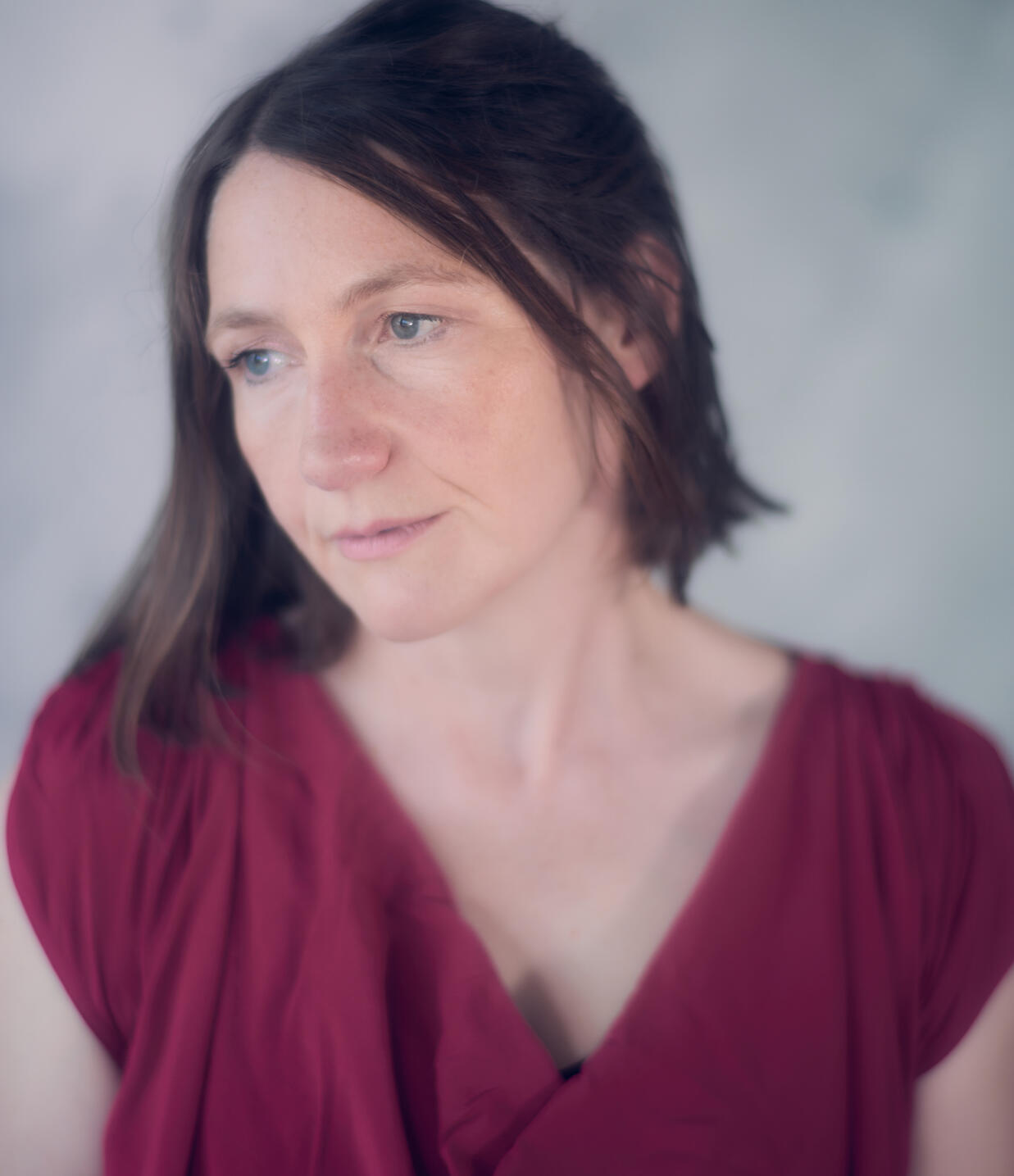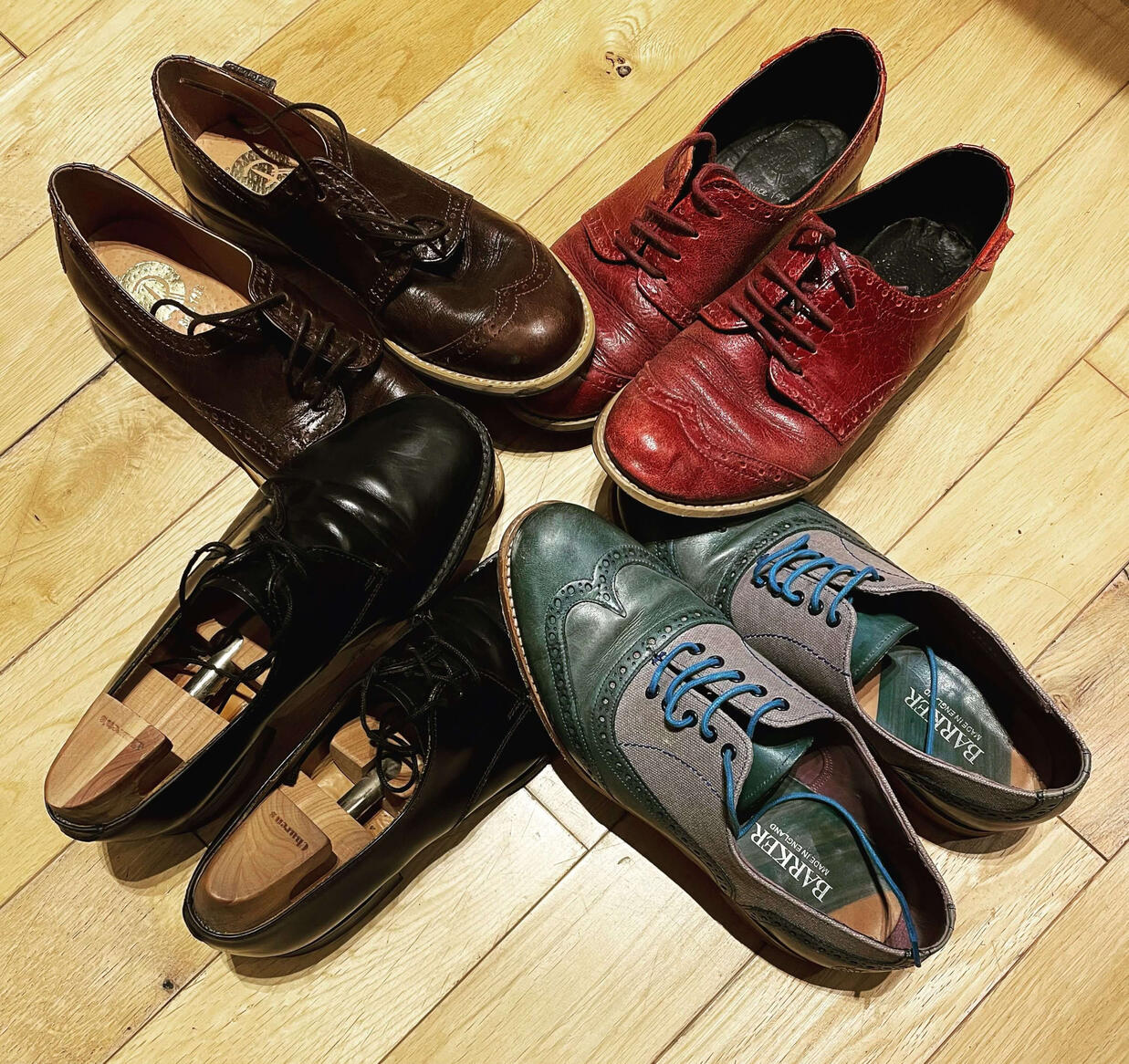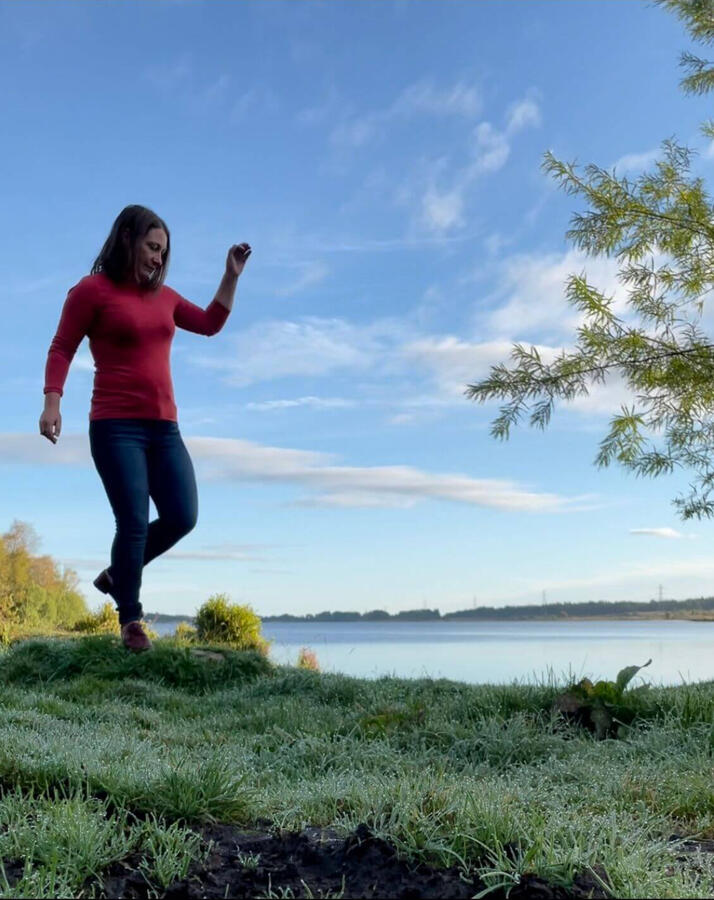
About me
I’m from Inverness in the Highlands of Scotland, and I grew up immersed in traditional music. I learned to stepdance from Cape Breton dancer Harvey Beaton who came over to teach in Skye when I was a teenager.I immediately loved the energy, freedom and creativity of stepdance and I’ve never tired of exploring the intricacies of creating rhythm with my feet. You can find more details of my performance and teaching work on the Creative CV page.When I’m not dancing, I spend much of my time enjoying Scotland’s outdoor land and
waterscapes. I am a keen hillwalker and have climbed all the Munros (hills over 3000ft), have run three marathons, and have won a coastal rowing world championship.Over the last few years I have been studying Gaelic by distance learning. My grandparents were native Gaelic speakers from the Western Isles and I feel a strong connection to the language and the traditions. Learning the language is something that feeds into and
deepens my stepdance work, as the dance and language are closely connected.

CREATIVE CV
Dance performance
I have been performing Scottish stepdance since 1998. I learnt stepdance from leading Cape Breton dancers such as Harvey Beaton, Mary Janet Macdonald and Willie Fraser as it was reintroduced to Scotland in the mid 1990’s and I have therefore been at the forefront of its development here for over twenty years.I was a founding member of pioneering group The Scottish Stepdance Company, whose ground-breaking work in exploring the relationship between music, dance and Gaelic song, and presenting the performance of stepdance, was critically acclaimed at the time (“seamless interleaving of music and stepdance... powerful percussive force” – The Irish Times) and remains hugely influential today.In 2013 a smaller line-up of The Scottish Stepdance Company created and performed Galloway to Gàidhealteachd, a sold-out show at the Edinburgh Fringe which explored our
individual origins and our connection through music, song and dance. In 2015, we created a
further show which celebrated the commonalities between Scottish traditional music and old-time American music and between stepdance and American flatfooting, and performed that at Sabhal Mòr Ostaig, Skye and An Lanntair, Stornoway.An example of my stage work is here: The Scottish Stepdance CompanyIn 2019 I co-wrote and choreographed Step+, a piece commissioned by Glasgow Cathedral Festival and which was performed by myself and three musicians at the festival in September 2019. The piece brings together dance, music, spoken word and ethnographic recordings in tracing the evolution of Scotland's varied dance traditions between the 1700s and the present day.It celebrates Scotland's dance culture and the interrelationship between dance, music and language. I have also appeared as a guest dancer with a wide variety of traditional music artists. Recently I have been undertaking small scale work in outdoor settings, playing with different dance surfaces in an exploration of the nature of physical connection between dancer and place, and what that says about our connection with our environment. Informal “found videos” of some of that work are here:With the waves
Ice is nice
Reflecting on the Cuillins
Ship wrock
Sea the see
Leaves slowlyI am currently beginning research for a new performance piece with my long term collaborator, fiddle player Amy Geddes.Dance teachingI have a wealth of experience in teaching stepdance and have taught extensively for organisations such as Scots Music Group, Fèisean nan Gàidheal, Fèis Rois,
Ceòlas and Hamish Moore’s Barga School of Scottish Music and Dance.I now teach regular workshops in Portobello, Edinburgh where I live. I have been described as “an inspiring, encouraging teacher”. I aim for my teaching to be thoughtful, empathetic and fun, helping dancers of all levels of experience to develop their skills and enjoy stepdancing as much as I do.As well as purely stepdance workshops, I have also collaborated with musicians including Mairi Campbell and Fin Moore to present weekend courses for musicians and dancers to work together. With Amy Geddes I have developed the Fiddle Feet Beat course, a new approach to integrated teaching which involves musicians and dancers spending intensive time together to explore pulse, beat and rhythm, using tunes and steps to focus on the fundamentals of music and dance.Dance advocacy and community artsI am a champion of Scottish stepdance and have long involvement in raising awareness of it as an artform. I am frequently interviewed for research into stepdance in Scotland, and in 2019, I was part of the panel for the discussion of the future of stepdance at the Art of Treepling weekend culminating the First Footing residency. From 2009 until 2019 I was chair of the arts charity Scots Music Group, with overall strategic responsibility for the development and implementation of its programme.
About stepdance
Stepdance is a percussive form of dance which uses the rhythm of the steps to accompany the music: like drumming with your feet! It originated in Scotland hundreds of years ago, but was largely lost in this form due to emigration and cultural suppression from the 18th century onwards. Some elements of stepdance evolved into Highland and Scottish country dance. However, the original percussive style was preserved and developed by Scottish emigrants who took their music, language and dance with them to Cape Breton, Nova Scotia.From the late 1980s, interest in the links between Cape Breton and Scotland grew, and Cape Breton musicians and dancers came over to teach at Sabhal Mòr Ostaig in Skye and at Ceòlas in South Uist. Since then stepdance has been slowly re-establishing itself and reclaiming its position in Scottish culture. It’s been showcased as a style by The Scottish Stepdance Company and Dannsa, and many bands have featured solo stepdance performances.

Stepdance is danced to strathspeys, reels and jigs. The steps are improvised, so the dancer reacts to the music with a different pattern of steps every time. It’s therefore very creative, with the potential to create everything from a simple pulse to complex syncopated rhythms. Whilst there’s repertoire of well-known steps, passed on over generations, dancers also make their own steps and variations. Because of its informal roots and the fact it’s never become a standardised or competitive form, individual dancers can have very different styles. However, most people keep close to the floor (a big compliment in Cape Breton!) with small, neat steps focussed on keeping exactly in time with the music. Despite that, it’s a dynamic style with a lot of energy and lift. And a lot of fun!
GALLERY
Contact
Feel free to get in touch about my stepdance classes or anything else stepdance-related
STAY UPDATED
© Alison Carlyle Stepdance 2023 All rights reserved.Privacy policyWebsite design by Pete
Privacy policy
When you sign up to my mailing list, I will hold your email address for the purpose of sending you occasional updates about stepdance news, gigs and workshops.The mailing list software may also store technical data based on your email address. I will not share your personal information with any third parties.You have a right to:
• Unsubscribe at any time using the “unsubscribe” option in emails.• Change your communication preferences or restrict the processing of your
personal data for specific purposes.• Request that I correct your personal data if you believe it is inaccurate or incomplete.• Access the personal data that I
hold about you through a “subject access request”.• Request that I delete your personal information.You can contact me on scottishstepdance@hotmail.com
with any questions you have about the data I hold.If you are dissatisfied, you have a right to raise a complaint with the Information Commissioner’s Office at www.ico.org.uk
Thank you for signing up to my newsletter!Look out for an email and check your spam/promotions folder in case it lands there.
I'll get back to you soon
.emailForm { align:center; }




